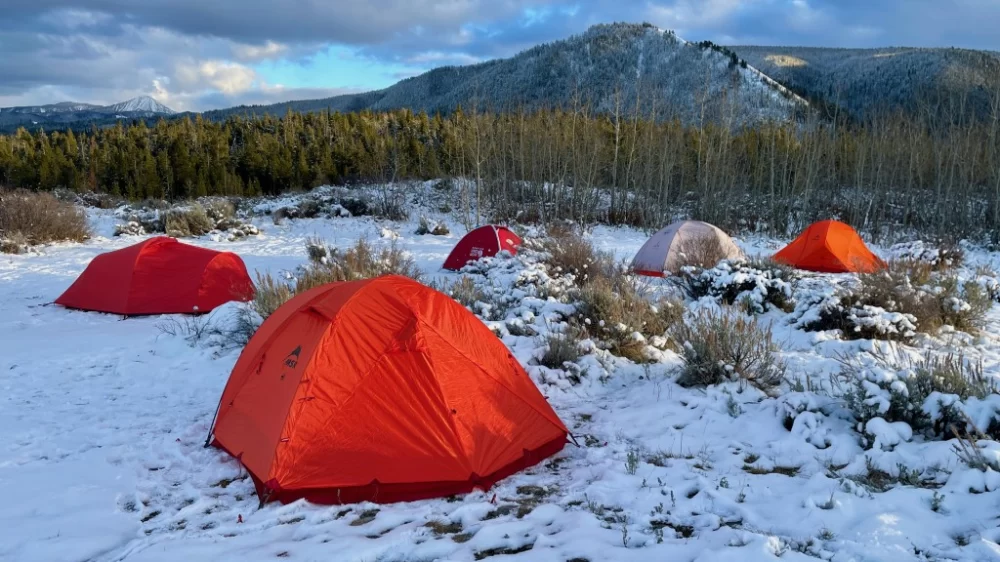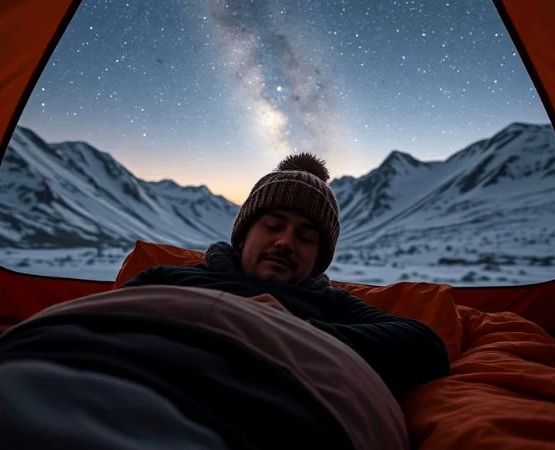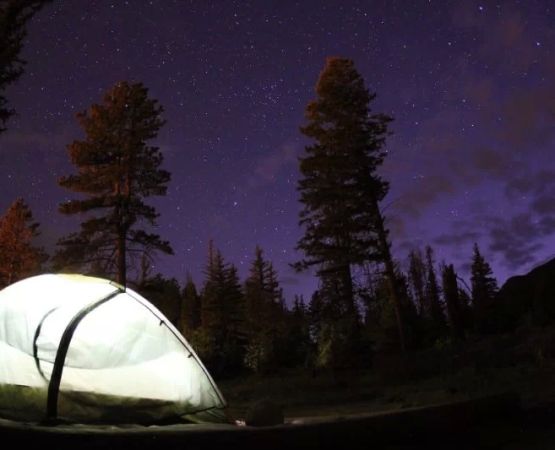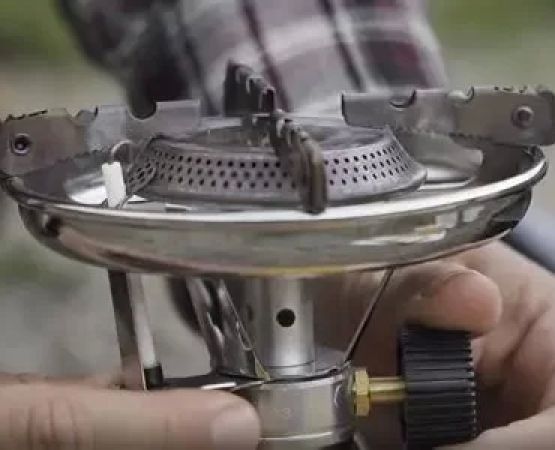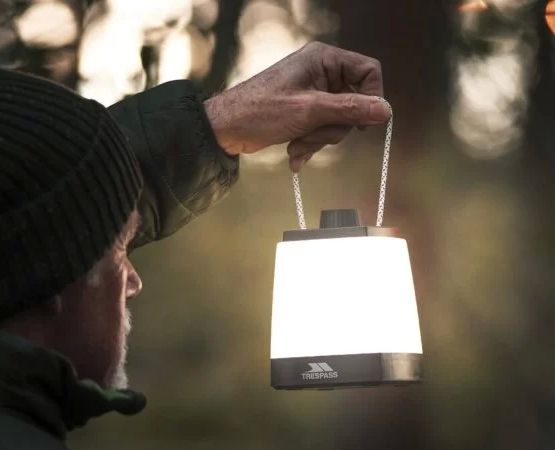Best Camping Tents for All Types of Weather
As someone who has spent countless weekends camping in all sorts of weather conditions, I’ve learned the importance of choosing the right tent. Whether it’s pouring rain, a heavy snowstorm, or sweltering heat, the right tent can make or break your outdoor experience. Over the years, I’ve experimented with a variety of tents, each suited for different weather conditions. In this article, I’ll share my experiences and insights into the best camping tents that can handle all types of weather, so you can enjoy your outdoor adventures with peace of mind.
1. Understanding the Importance of a Weather-Resistant Tent
When I first started camping, I didn’t give much thought to the weatherproofing of my tent. I assumed all tents were similar, and I quickly learned that this wasn’t the case. Some tents are designed for fair weather and are not built to withstand rain, snow, or wind. Over the years, I’ve learned that choosing the right tent for the conditions you’ll encounter is essential for staying comfortable and safe.
A weather-resistant tent is essential because it provides protection from the elements. Tents that are not properly weatherproofed can lead to a miserable camping experience, with issues like leaking, excessive heat buildup, or even the collapse of the structure in severe weather. It’s crucial to understand what makes a tent suitable for different types of weather, whether you’re camping in the summer sun, a downpour, or snowstorms.
2. Best Tents for Rainy Weather
I’ve had my fair share of rainy camping trips, and let me tell you, there’s nothing worse than waking up to a soggy sleeping bag and wet gear. When camping in the rain, it’s important to have a tent that is waterproof and has a good rain fly to keep the water out. During a camping trip in the Pacific Northwest, where rain is common, I used a tent that had a high waterproof rating and fully sealed seams, and I was amazed at how dry I stayed inside.
For rainy weather, I recommend tents that feature:
- Waterproof Fabrics: Look for tents made with materials like polyester or nylon with a waterproof coating. These fabrics are durable and prevent rain from soaking through.
- Sealed Seams: Make sure the seams are sealed to prevent water from seeping in through the stitching. Some tents come with factory-sealed seams, while others require you to apply seam sealer yourself.
- Rain Fly: A rain fly is essential for protecting your tent from rain. Some tents come with an integrated rain fly, while others have a detachable version that you can add when needed.
My personal favorite for rainy weather is the Big Agnes Copper Spur HV UL2. It’s a lightweight, two-person tent with excellent waterproofing. The rain fly covers the entire tent, and the high ventilation design keeps condensation down while keeping the interior dry.
3. Best Tents for Hot Weather
On the other hand, camping in hot weather presents a different challenge. I remember camping in the Mojave Desert during the summer, where the temperature soared above 100°F. The key in such situations is having a tent that provides excellent ventilation, a light-colored exterior to reflect the sun, and a breathable mesh interior.
For hot weather, here are some features to look for in a tent:
- Good Ventilation: Look for tents that feature large mesh windows and doors to maximize airflow. This helps keep the inside of the tent cool by allowing hot air to escape.
- Light-Colored Fabric: A light-colored tent will reflect the sun’s rays, reducing heat buildup inside the tent. Dark colors tend to absorb heat, making the interior much warmer.
- Mesh Roof: Many tents come with a full mesh roof or windows that allow heat to escape while still providing protection from bugs.
The REI Co-op Half Dome 2 Plus is one of my favorites for hot weather camping. It has excellent ventilation, large mesh panels, and a rainfly that provides protection when needed. Despite being a three-season tent, it works great in hot climates due to its airflow features.
4. Best Tents for Cold and Snowy Weather
Winter camping and snow camping require a tent that can handle harsh winds, freezing temperatures, and, of course, snow. I’ve had the pleasure of winter camping in places like the Rocky Mountains, where the temperatures regularly drop below freezing. In these conditions, I rely on tents that are designed to handle snow loads and high winds.
For snowy or cold weather, here are some features that are crucial:
- Four-Season Tent: Unlike three-season tents, four-season tents are built with heavier materials to withstand snow and wind. They usually have a more robust frame and a lower profile to resist gusty winds.
- Snow Skirts: Some winter tents come with snow skirts, which help keep snow from entering the bottom of the tent. This is particularly useful when camping in deep snow.
- Windproof Design: Look for tents with strong poles and low-profile designs to resist strong winds. The more stable the structure, the better it will perform in harsh weather.
The MSR Remote 2 is my go-to tent for winter camping. It’s a four-season tent designed to withstand high winds and heavy snow. The sturdy aluminum poles and snow skirt provide excellent protection, and the interior is well insulated to keep the warmth inside. This tent has kept me warm and safe during several cold-weather trips.
5. Consider Size and Weight
While weatherproofing is a top priority, the size and weight of the tent are also important factors to consider. On my backpacking trips, weight is always a key consideration. I want a tent that’s lightweight and compact enough to fit in my backpack, but still provides the necessary protection from the elements. On car camping trips, however, I’m more focused on comfort and space.
For backpacking trips, I recommend lightweight tents that are easy to carry, such as the Big Agnes Tiger Wall UL2, which is one of the lightest two-person tents on the market. On the other hand, for car camping, comfort is key, and a larger tent like the Coleman WeatherMaster 6-Person Tent offers plenty of space and weather resistance for family camping trips.
6. My Personal Experience with Camping Tents
One of the most memorable camping trips I’ve had was during a snowstorm in the Adirondacks. The wind was howling, and the snow was coming down fast. I had chosen to use my MSR Remote 2 four-season tent for this trip, and it was a game-changer. While other campers in the area struggled with collapsed tents or wet gear, I stayed dry and warm inside my tent. The snow skirt and wind-resistant design worked flawlessly, and I felt completely secure. The experience reinforced my belief in choosing the right tent for the weather conditions you’ll be facing.
Ultimately, the right camping tent can make all the difference in your outdoor experience. Whether you're camping in the snow, rain, or sun, it’s important to choose a tent that suits your specific needs. With so many options out there, finding the perfect tent might take some research, but the investment is well worth it when you’re out in the wilderness, enjoying the beauty of nature, safe and comfortable in your shelter.

